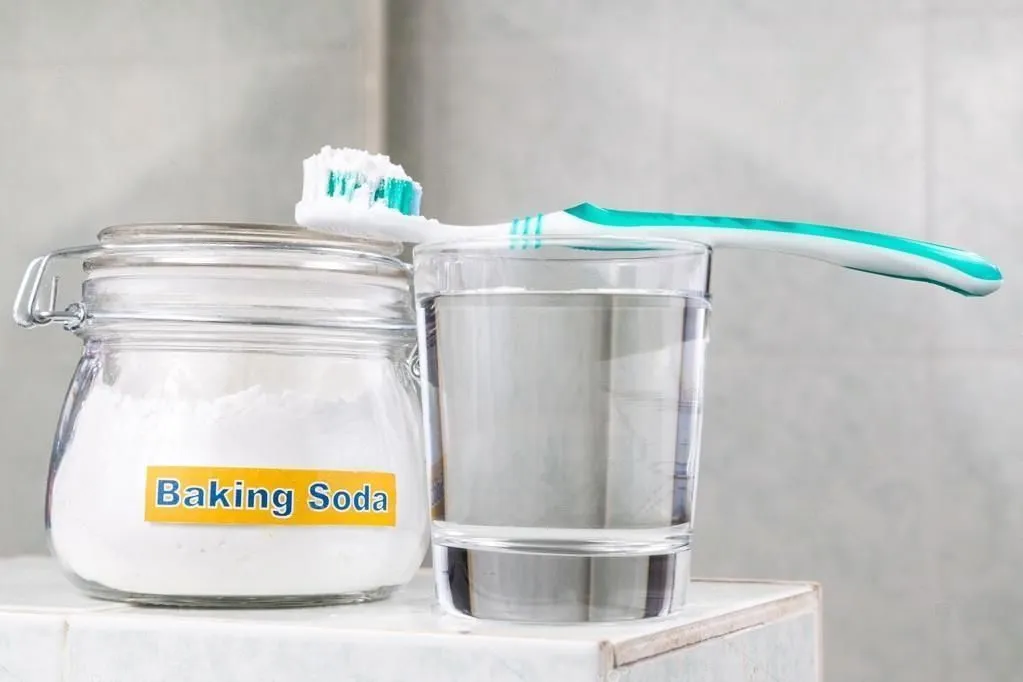Understanding Teeth Whitening with Baking Soda and Lemon Juice
The quest for a brighter smile often leads individuals to explore various teeth whitening methods. Among the popular DIY approaches, using baking soda and lemon juice has gained significant traction. This method, lauded for its accessibility and natural ingredients, promises a cost-effective solution to stained or discolored teeth. However, it’s crucial to delve deeper into the science and practical aspects of this technique to understand its effectiveness, potential risks, and how to implement it safely.
The Science Behind Baking Soda
Baking soda, scientifically known as sodium bicarbonate, is a mild abrasive and a naturally occurring substance. Its effectiveness in teeth whitening stems from its ability to act as a gentle scrubbing agent, helping to remove surface stains. While it doesn’t chemically alter the tooth’s inherent color, it can make teeth appear whiter by removing accumulated debris and discoloration. The alkaline nature of baking soda also helps neutralize acids in the mouth, contributing to a healthier oral environment.
How Baking Soda Works on Teeth
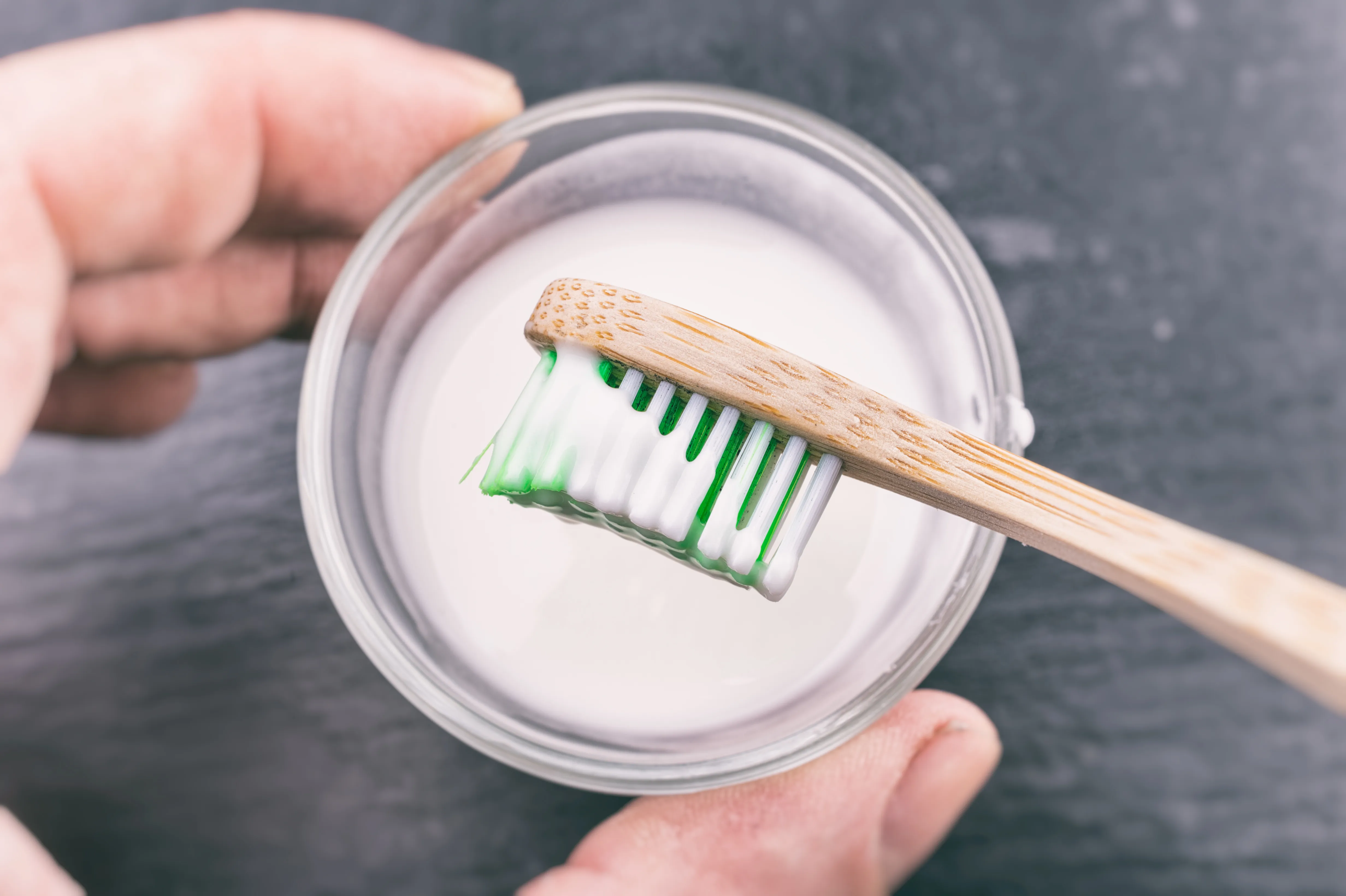
The mechanism of action of baking soda in teeth whitening relies primarily on its abrasive properties. As you brush with baking soda, the tiny particles gently scrub away surface stains caused by food, drinks like coffee and tea, and tobacco use. This physical removal of stains reveals the natural color of your teeth, resulting in a brighter appearance. However, it’s essential to use baking soda cautiously, as excessive or aggressive brushing can lead to enamel erosion.
The Role of Lemon Juice in Whitening
Lemon juice, a citrus fruit extract, is often combined with baking soda in teeth whitening mixtures. The primary active component in lemon juice is citric acid, a natural bleaching agent. Citric acid helps to break down stains and can lighten the enamel. However, the acidic nature of lemon juice also presents a significant potential risk. Regular or prolonged exposure to acids can erode the tooth enamel, leading to increased sensitivity and susceptibility to decay. Therefore, moderation and caution are vital when using lemon juice for teeth whitening.
The Chemical Reaction Involved
When baking soda and lemon juice are mixed, a chemical reaction occurs, producing carbon dioxide gas, which causes a fizzing effect. This reaction is not directly responsible for teeth whitening; instead, it is the individual components, baking soda’s abrasiveness and lemon juice’s citric acid, that contribute to stain removal. This reaction can create a sensation of cleaning and may contribute to the perceived effectiveness, but the core action comes from the ingredients themselves rather than the fizzing process.
Effectiveness and Safety
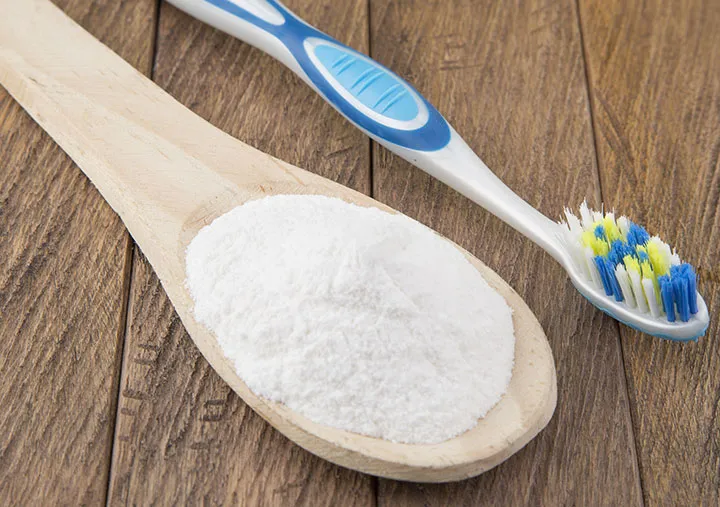
The effectiveness and safety of using baking soda and lemon juice for teeth whitening are subjects of debate and require careful consideration. While some users report noticeable whitening effects, others may not experience significant changes or could face adverse effects. The potential risks, primarily enamel erosion and increased tooth sensitivity, should be weighed against the potential benefits. Consulting with a dentist is highly recommended before trying this method.
Whitening Results and Expectations
The results of teeth whitening using baking soda and lemon juice can vary significantly depending on the individual’s oral health, the severity of staining, and the frequency of use. Some people may notice a slight brightening of their teeth, while others may not observe any noticeable change. It’s important to have realistic expectations and understand that this method is unlikely to deliver the dramatic whitening achieved by professional treatments. Consistent use over time may produce subtle improvements for some, but it is not a guaranteed solution.
Factors Influencing Results
Several factors can influence the effectiveness of baking soda and lemon juice for teeth whitening. The type and extent of stains play a significant role; surface stains from coffee, tea, and tobacco are more easily removed compared to intrinsic stains that originate from within the tooth. Individual tooth enamel thickness and porosity can also affect the outcome. Regular oral hygiene practices, such as brushing, flossing, and professional cleanings, can enhance the whitening effects. Dietary habits and lifestyle choices also contribute.
Potential Risks and Side Effects
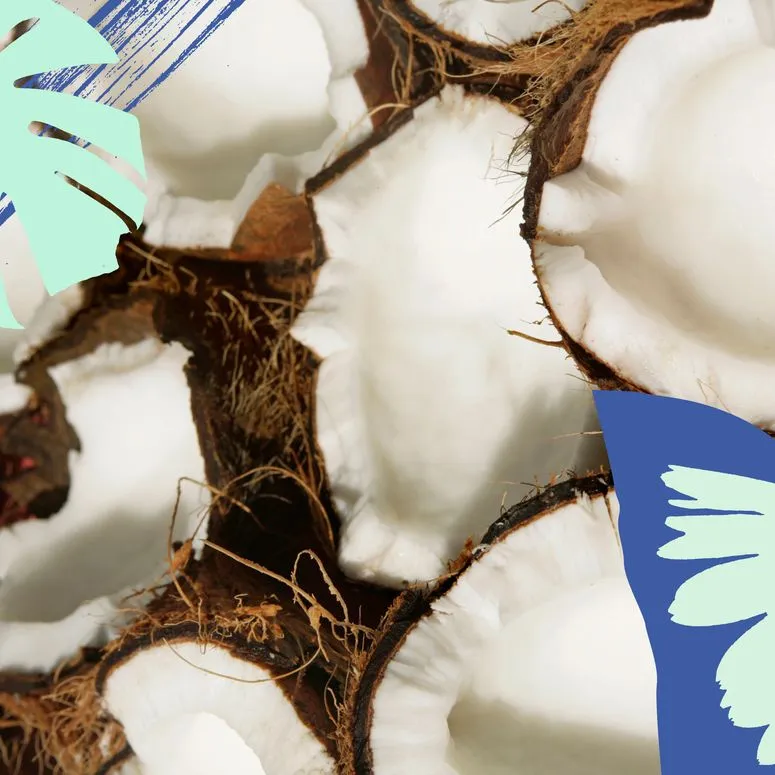
Using baking soda and lemon juice for teeth whitening carries several potential risks. The abrasive nature of baking soda can erode the enamel over time, making teeth more susceptible to sensitivity, cavities, and discoloration. The citric acid in lemon juice is highly acidic and can further exacerbate enamel erosion. Moreover, these mixtures can irritate the gums and soft tissues in the mouth. It’s crucial to use this method cautiously and be aware of the potential adverse effects before proceeding.
Enamel Erosion and Sensitivity
The most significant risk associated with using baking soda and lemon juice for teeth whitening is enamel erosion. The gradual wearing away of enamel exposes the underlying dentin, which is softer and more porous. This can lead to increased tooth sensitivity to hot and cold temperatures, as well as a higher risk of cavities. Once enamel is eroded, it cannot be naturally restored. Therefore, it’s essential to monitor for signs of enamel erosion and discontinue use if any sensitivity or changes in tooth appearance occur.
Step-by-Step Guide Baking Soda and Lemon Juice
If you decide to try whitening your teeth with baking soda and lemon juice, it’s important to follow a precise protocol to minimize the risks and maximize the potential for positive results. This section provides a step-by-step guide to ensure you use the ingredients effectively and safely. Remember, consistency is key, but moderation and caution are paramount.
Mixing the Ingredients

Combine a small amount of baking soda (about one teaspoon) with enough lemon juice to form a paste. The mixture should be thick enough to adhere to your teeth but not so thick that it’s difficult to apply. Avoid using excessive lemon juice to reduce the potential for acidity. It is best to use fresh lemon juice as it is more potent than store-bought lemon juice. The mixture should be prepared fresh each time you use it to maintain optimal effectiveness.
Application Techniques
Apply the paste to your teeth using your fingers or a soft-bristled toothbrush. Gently brush the mixture onto each tooth, focusing on areas with stains. Avoid harsh scrubbing, as this can increase enamel abrasion. Leave the paste on your teeth for no more than one to two minutes. After brushing, thoroughly rinse your mouth with water to remove all traces of the mixture. It’s advisable to brush your teeth with regular toothpaste afterward to neutralize any remaining acidity and protect your enamel.
Frequency and Duration of Use
Due to the potential risks, limit the use of baking soda and lemon juice for teeth whitening to no more than once or twice a week. Prolonged or frequent use can significantly increase the likelihood of enamel erosion and sensitivity. Monitor your teeth for any signs of sensitivity, changes in appearance, or discomfort. If you experience any adverse effects, immediately discontinue use and consult your dentist. It’s crucial to prioritize the long-term health of your teeth over short-term aesthetic improvements.
Alternatives and Complementary Methods
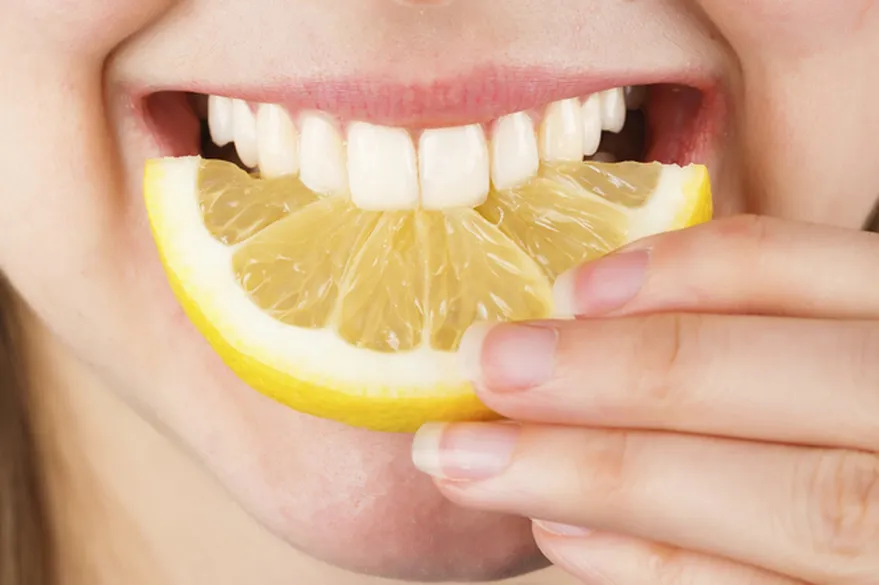
If you are concerned about the risks of using baking soda and lemon juice, there are other natural and professional teeth whitening options available. These alternatives can help you achieve a brighter smile while minimizing the potential for harm to your teeth. It’s essential to explore these options and determine the best course of action based on your individual needs and oral health.
Other Natural Whitening Options
Several natural alternatives to baking soda and lemon juice can help whiten your teeth. Oil pulling with coconut oil involves swishing the oil in your mouth for 15-20 minutes, which can help remove bacteria and reduce plaque. Strawberries contain malic acid, which can help remove surface stains. Activated charcoal is another option, although its effectiveness is debated. Hydrogen peroxide, used at low concentrations, is a known bleaching agent. These methods are generally considered less risky than the baking soda and lemon juice combination, but their effectiveness varies.
Professional Teeth Whitening
Professional teeth whitening, performed by a dentist, is considered the safest and most effective method for achieving dramatic whitening results. Dentists use higher concentrations of bleaching agents, such as hydrogen peroxide, to lighten the enamel. They also take precautions to protect the gums and soft tissues. Professional whitening can include in-office treatments, where the dentist applies the bleaching agent and activates it with a special light, and take-home kits, where custom-fitted trays are used. While it may be more expensive than DIY methods, professional whitening offers predictable results and is closely monitored by a dental professional.
Maintenance and Aftercare
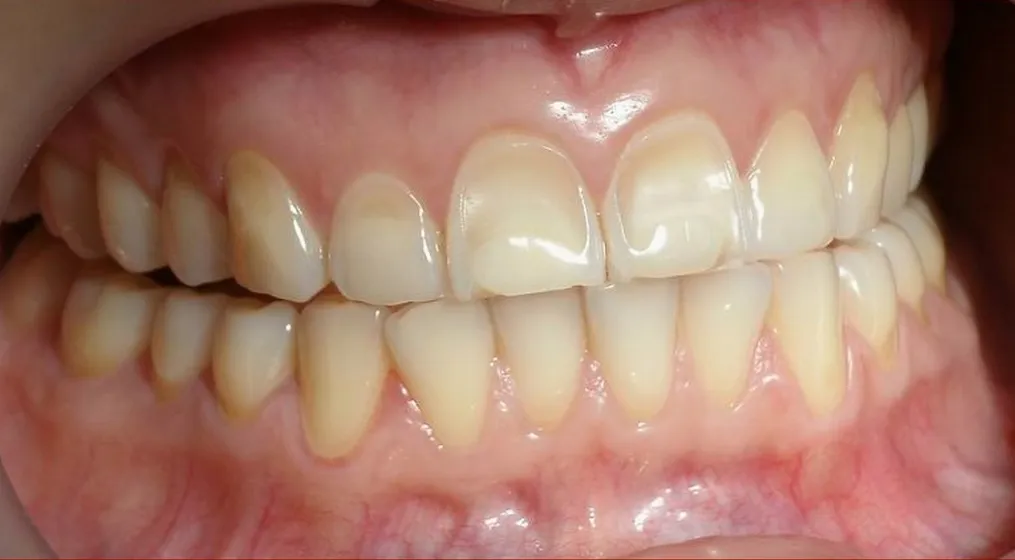
Maintaining a bright, white smile requires consistent oral hygiene practices and mindful lifestyle choices. Proper care can help extend the effects of any whitening treatment, whether natural or professional. This section covers essential oral hygiene practices and dietary considerations to keep your teeth healthy and vibrant.
Oral Hygiene Practices
Effective oral hygiene is the foundation of a healthy, bright smile. Brush your teeth twice a day for two minutes each time, using fluoride toothpaste. Floss daily to remove plaque and debris from between your teeth and under the gum line. Use an antibacterial mouthwash to reduce bacteria in your mouth. Regular dental checkups and professional cleanings are also crucial for maintaining oral health and removing stains. Consider using an electric toothbrush for more effective plaque removal. Consistent oral hygiene is the cornerstone of a bright, healthy smile.
Foods and Drinks to Avoid
Certain foods and drinks can stain your teeth and diminish the effects of whitening treatments. Minimize your intake of coffee, tea, red wine, and dark-colored sodas. Avoid tobacco products, as they are a major cause of tooth discoloration. Be cautious of highly pigmented fruits and vegetables, such as berries and beets. Rinsing your mouth with water after consuming staining foods and drinks can help reduce their impact. Eating a balanced diet rich in calcium and nutrients is essential for maintaining strong, healthy teeth.
In conclusion, while baking soda and lemon juice can be considered for teeth whitening, their use should be approached with caution and awareness of potential risks. Understanding the science behind the ingredients, following a safe application method, and prioritizing oral health are crucial. Consulting with a dentist to discuss the best whitening options for your individual needs and oral health is highly recommended. Remember that a healthy and radiant smile is achievable through informed choices and consistent oral hygiene practices. Prioritize your oral health above all else, and always seek professional advice to ensure the safety and effectiveness of any whitening treatment.
